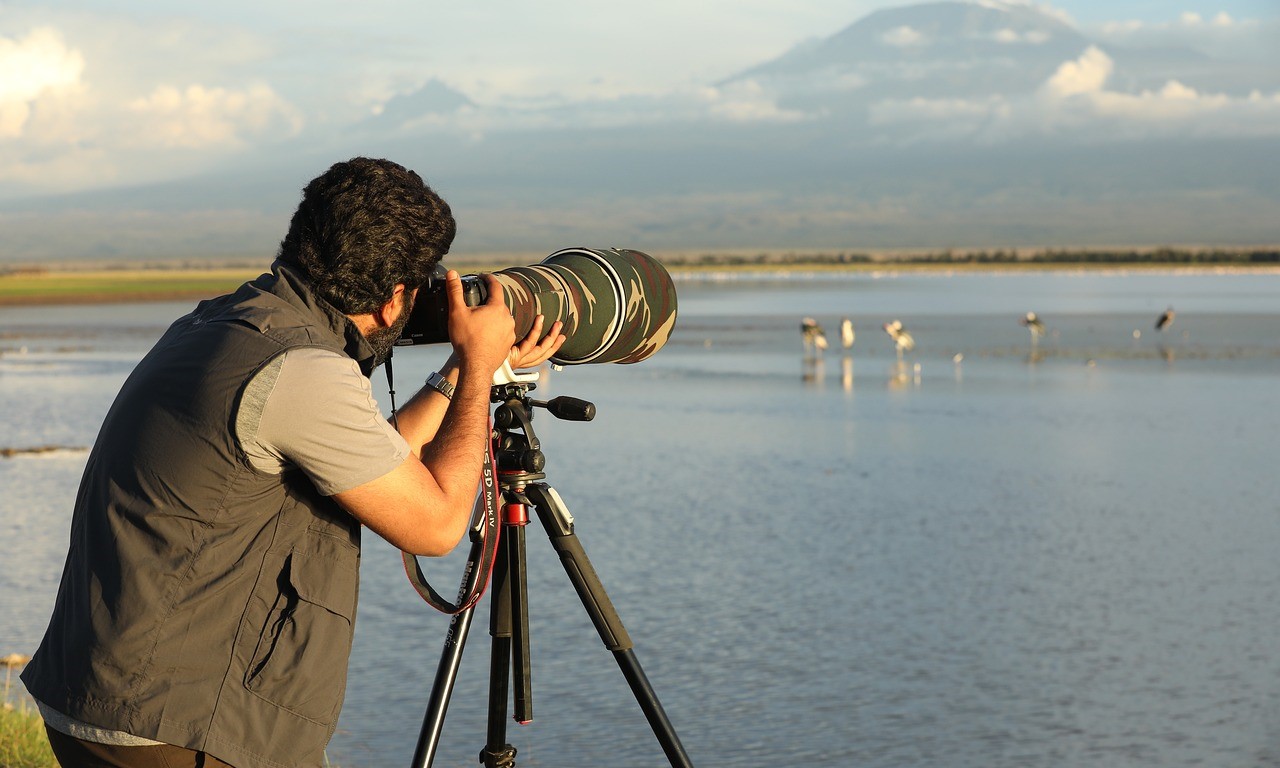Wildlife photography is a captivating and rewarding pursuit that involves capturing images of animals in their natural habitats. Wildlife photographers use their camera skills, knowledge of animal behavior, and patience to capture stunning images that showcase the beauty, diversity, and behavior of wildlife species around the world. Through their photographs, wildlife photographers provide a window into the natural world, allowing viewers to connect with and appreciate the wonders of wildlife from the comfort of their own homes.
To excel in wildlife photography, photographers must possess technical proficiency in camera operation, composition, and lighting, as well as a deep understanding of animal behavior and ecology. They often spend long hours in the field, patiently waiting for the perfect moment to capture a fleeting glimpse of a rare species, an intimate interaction between animals, or a breathtaking natural spectacle. Wildlife photographers must also be skilled at navigating the challenges of outdoor photography, including adverse weather conditions, difficult terrain, and unpredictable wildlife behavior.
Wildlife photography plays a crucial role in wildlife conservation by raising awareness about threatened species, promoting appreciation for the natural world, and inspiring action to protect and preserve biodiversity. Through their powerful images, wildlife photographers help to foster empathy and connection with wildlife, encouraging viewers to become advocates for conservation and stewards of the environment. By capturing the beauty and complexity of the natural world, wildlife photographers contribute to the collective effort to ensure a future where wildlife can thrive in harmony with humans.

What about wildlife photography interesting facts? Let’s take a look at these 10 interesting facts about wildlife photography.
- Patience is Key : Wildlife photographers often spend hours, days, or even weeks waiting for the perfect shot. Patience is essential as they wait for the right moment when an animal displays interesting behavior or when the lighting is just right.
- Fieldcraft Skills : Wildlife photographers need to develop excellent fieldcraft skills to approach animals without disturbing them. This involves understanding animal behavior, using camouflage techniques, and being aware of wind direction and other environmental factors that could alert animals to their presence.
- Remote Triggers : Some wildlife photographers use remote triggers to capture images without being physically present. These devices can be triggered by motion sensors or sound, allowing photographers to capture images of shy or elusive animals without causing disturbance.
- Specialized Equipment : Wildlife photographers often use specialized equipment, including long telephoto lenses, fast camera bodies, and sturdy tripods, to capture sharp and detailed images of distant or fast-moving subjects in challenging conditions.
- Ethical Considerations : Wildlife photographers prioritize ethical practices and the welfare of animals. They adhere to ethical guidelines, such as maintaining a safe distance from wildlife, avoiding disrupting natural behaviors, and respecting protected areas and wildlife sanctuaries.
- Conservation Impact : Wildlife photography has a significant impact on conservation efforts by raising awareness about endangered species, highlighting the beauty of wildlife and their habitats, and inspiring people to take action to protect the natural world.
- Adaptability : Wildlife photographers must be adaptable and resourceful, ready to adjust their plans and techniques based on changing conditions in the field. Flexibility is essential when dealing with unpredictable wildlife behavior or rapidly changing weather.
- Remote Locations : Wildlife photographers often travel to remote and exotic locations to capture images of rare or elusive species. This may involve enduring extreme weather, navigating challenging terrain, and camping in the wilderness for extended periods.
- Storytelling : Wildlife photographers use their images to tell compelling stories about the lives of animals, their interactions with each other and their environments, and the conservation challenges they face. Capturing the essence of these stories requires both technical skill and artistic vision.
- Community and Collaboration : Wildlife photographers often form communities and collaborate with other photographers, researchers, conservationists, and wildlife enthusiasts to share knowledge, resources, and experiences, fostering a sense of camaraderie and mutual support within the wildlife photography community.
In the world of wildlife photography, every image tells a story—a fleeting moment frozen in time that speaks volumes about the beauty, diversity, and fragility of our natural world. Through the lens of a camera, wildlife photographers capture the majesty of wild creatures in their native habitats, offering glimpses into hidden worlds and intimate moments seldom seen by human eyes. Their images inspire wonder, foster empathy, and ignite a passion for conservation, reminding us of our shared responsibility to protect and preserve the precious ecosystems and creatures that inhabit our planet. As we marvel at the breathtaking images captured by wildlife photographers, let us also reflect on the power of photography to connect us with nature and inspire positive change for the future of wildlife and the world we all call home.



